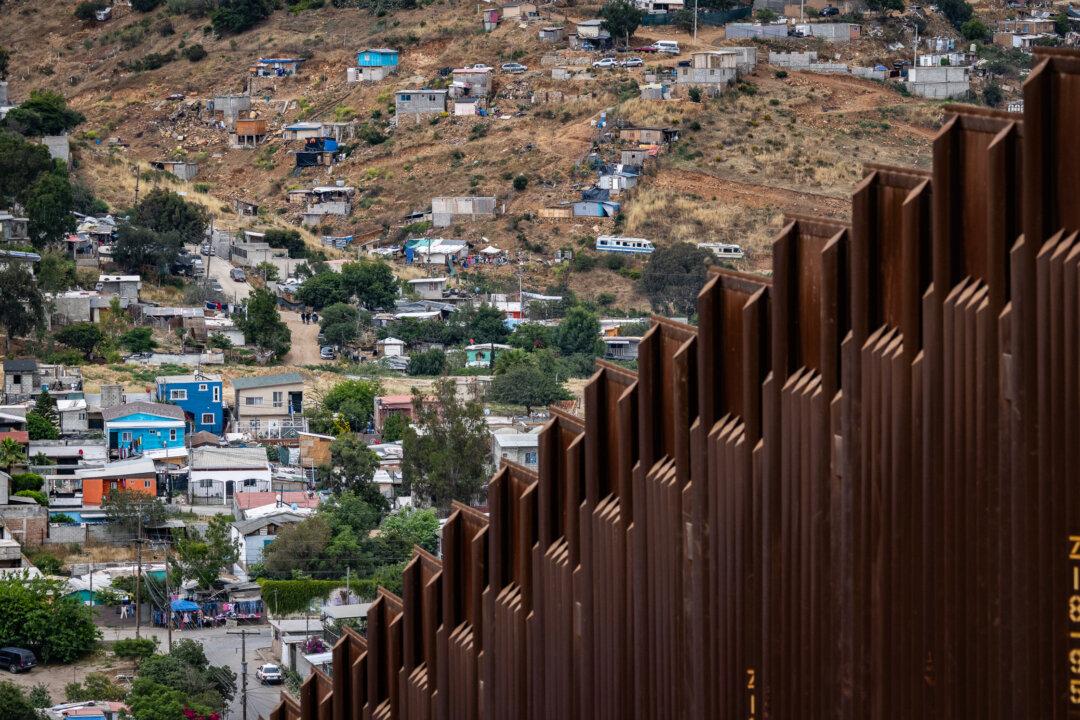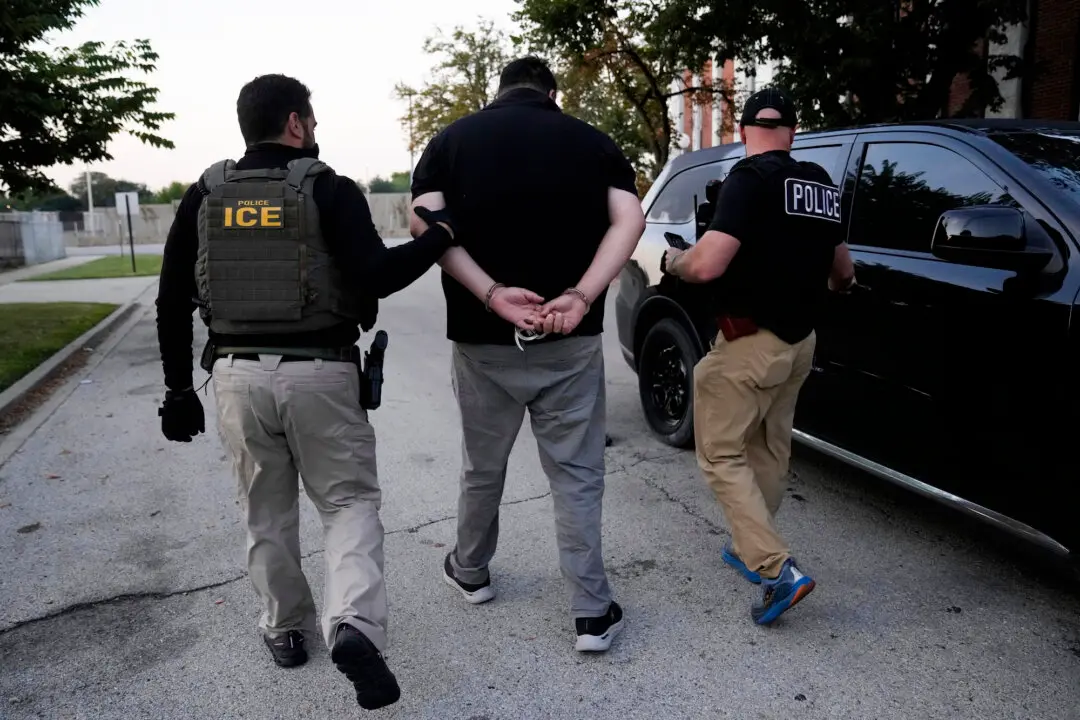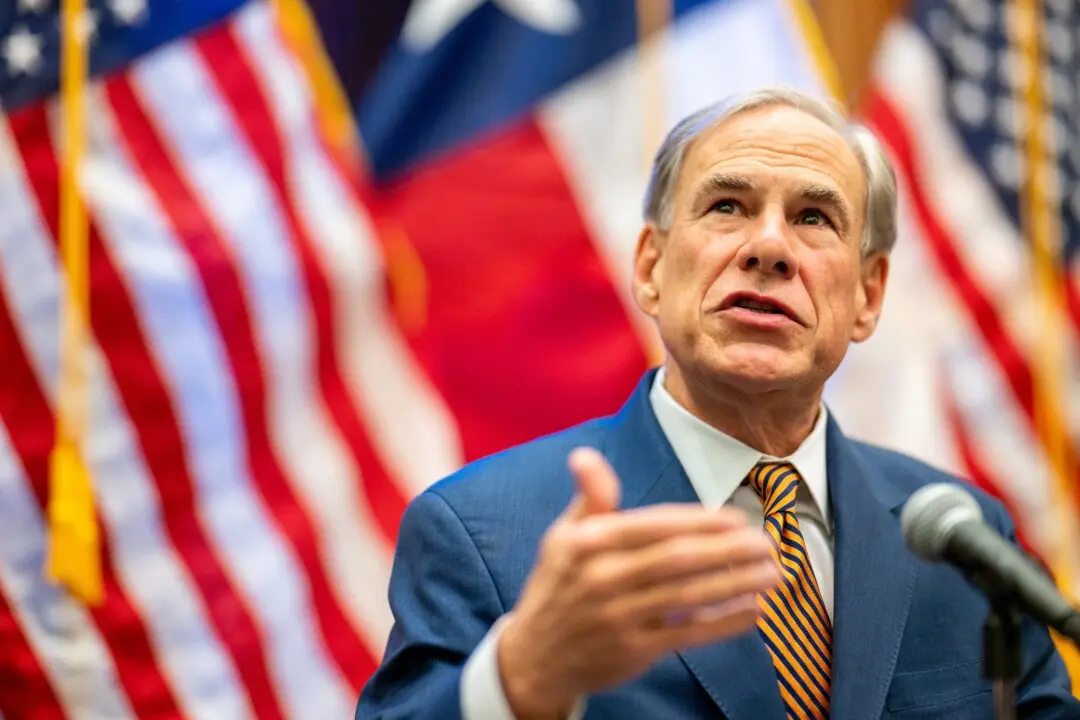House Republicans led a hearing to discuss the effect of President Joe Biden’s changes to border barrier policies and their impact on illegal immigration going forward.
Republican lawmakers pointed to the sharp increase in illegal immigration detentions and “gotaways” that have flooded the border since the barrier project was halted by Mr. Biden.





